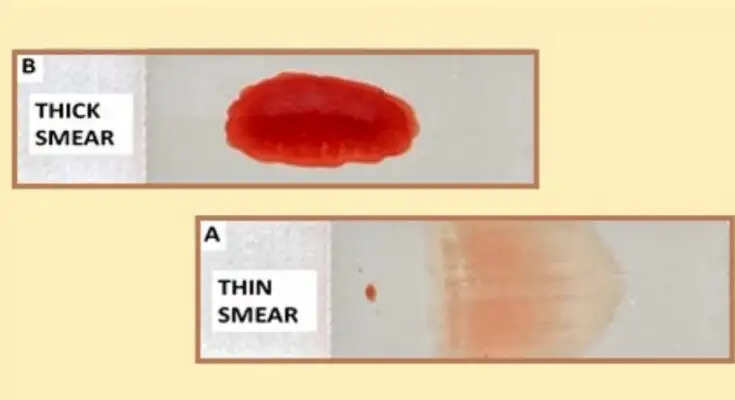What Is Blood Thinning? Symptoms and Causes Explained

What does it mean to have thin blood?
Blood thinning means a decrease in the number of platelets in your blood. Red blood cells, white blood cells, plasma, and platelets combine to form blood. Platelets are needed to make two to four percent of blood and help stop bleeding in case of injury.
Blood thinning occurs due to a deficiency of platelets, also known as thrombocytopenia. The number of platelets in the blood of a healthy person ranges from 1.50 lakh to 4 lakh. If this number is less than 1.50 lakh, then it indicates blood thinning.
What are the symptoms of blood thinning?
There are no symptoms of blood thinning. Usually, this problem can only be detected through tests.
A low platelet count makes it difficult for a person to clot their blood. In such a situation, the person takes longer to stop bleeding even after a minor injury.
Other symptoms include bleeding from the gums, nosebleeds, blood in the stool, and heavy bleeding during periods.
What causes blood thinning?
There can be many reasons for blood thinning or low platelet count. For example, low platelet production by the bone marrow and other problems can also cause low platelet count. Some of the causes of low platelet count are mentioned below:
Nutritional deficiency:
If your diet is deficient in iron, folate, and vitamin B12, you are more likely to develop thrombocytopenia.
Infection:
Due to certain types of infections, the process of platelet production in the person's body is stressed or the platelet function is increased, which causes platelets to break down.
Other causes:
Pregnancy, autoimmune diseases, surgery, and cancer, etc. Such conditions also affect platelet count.
